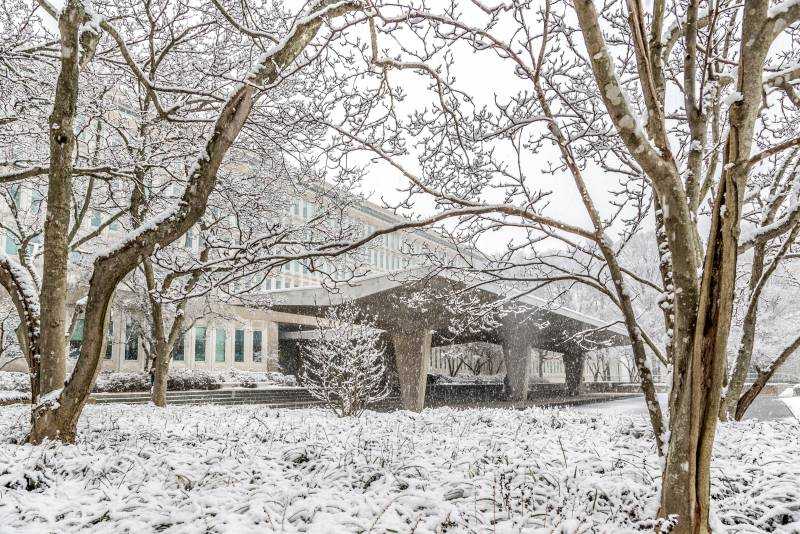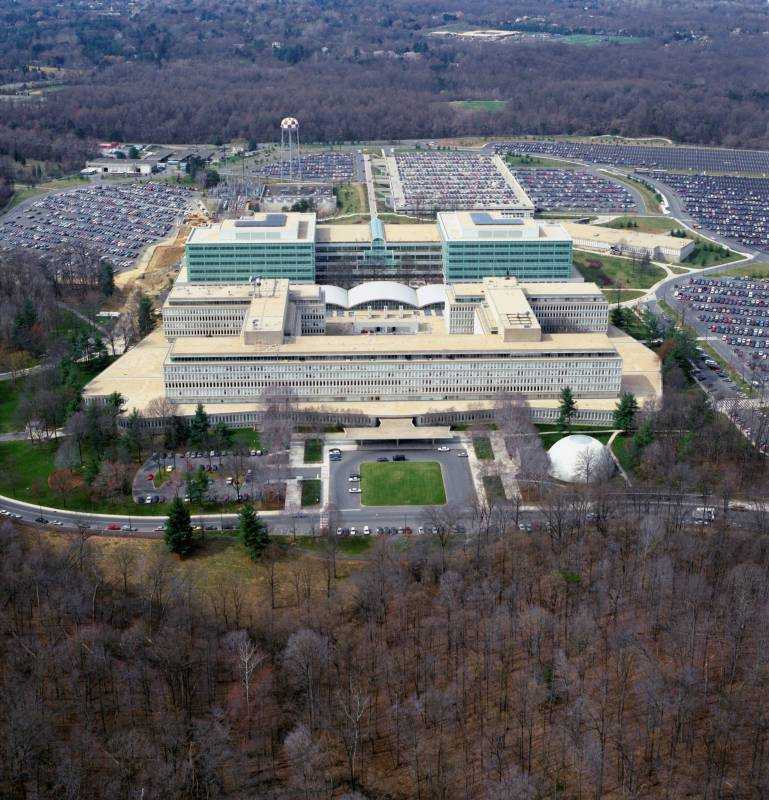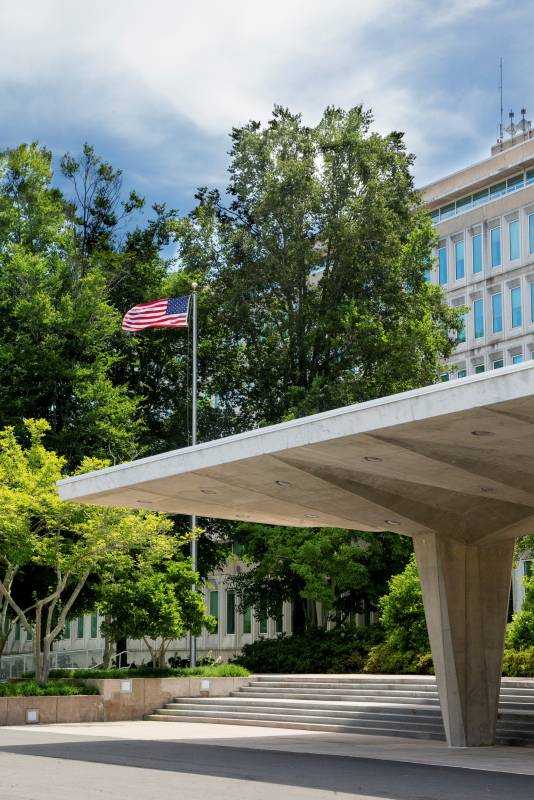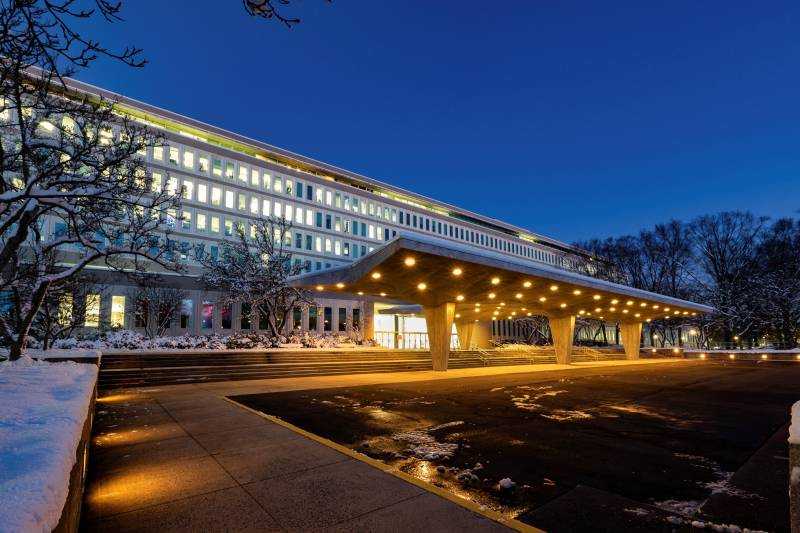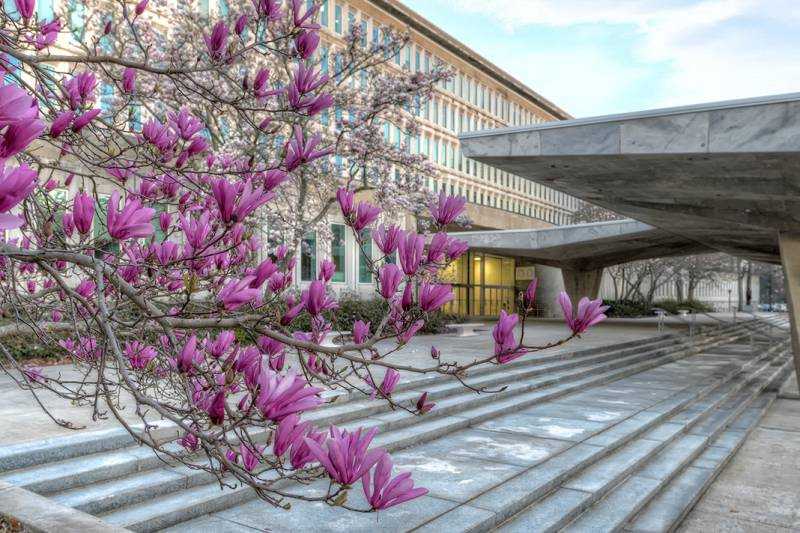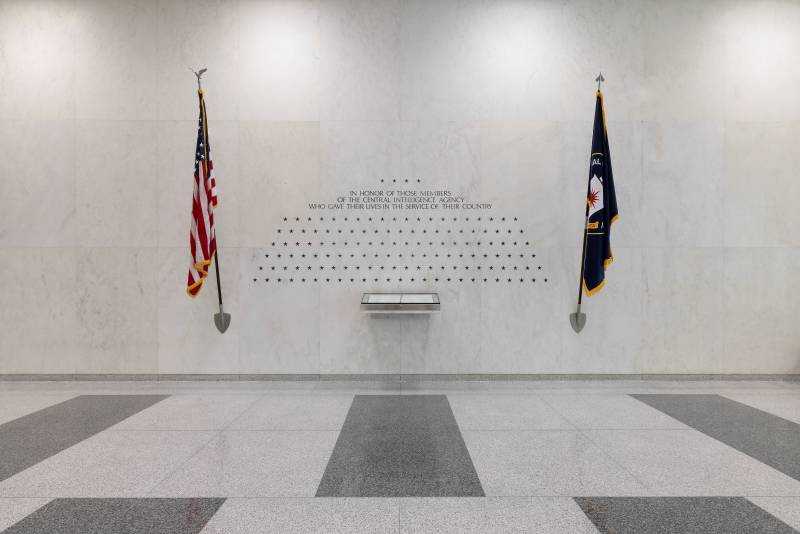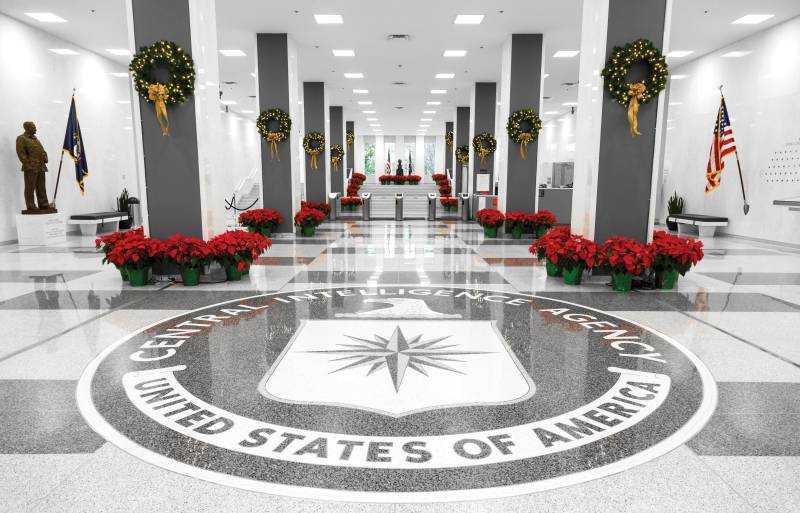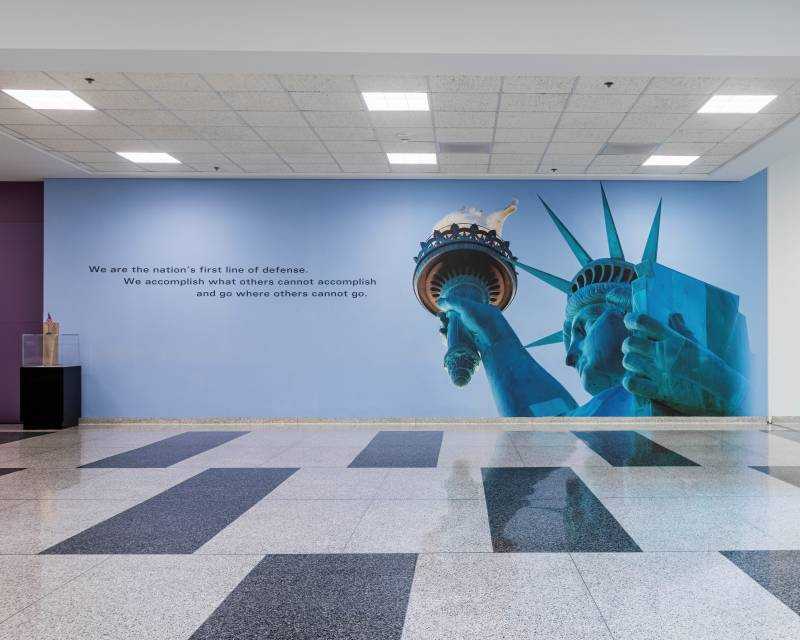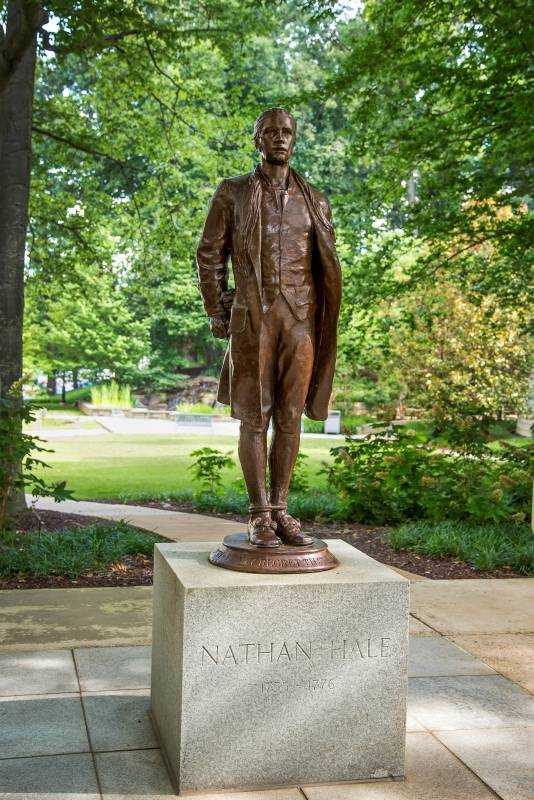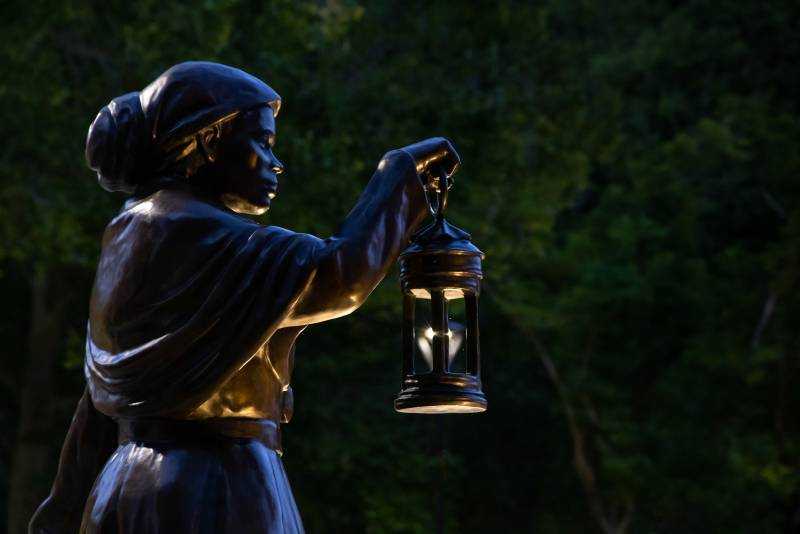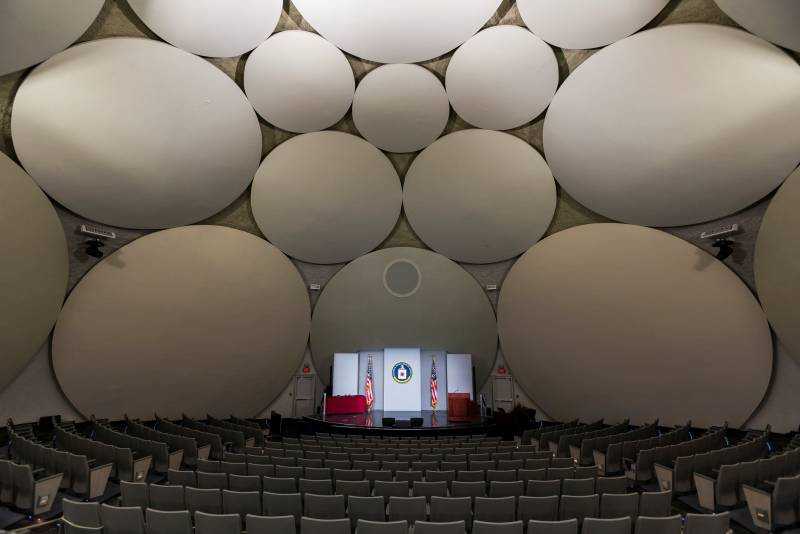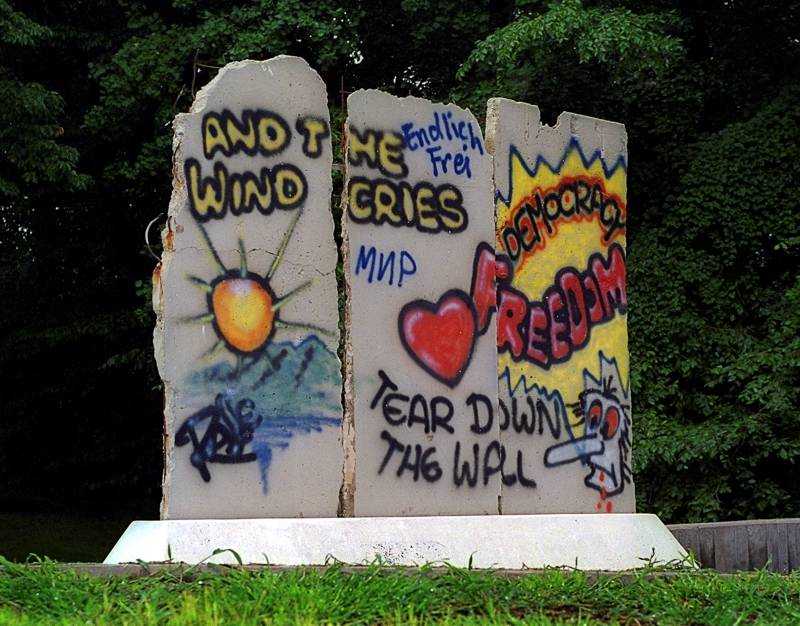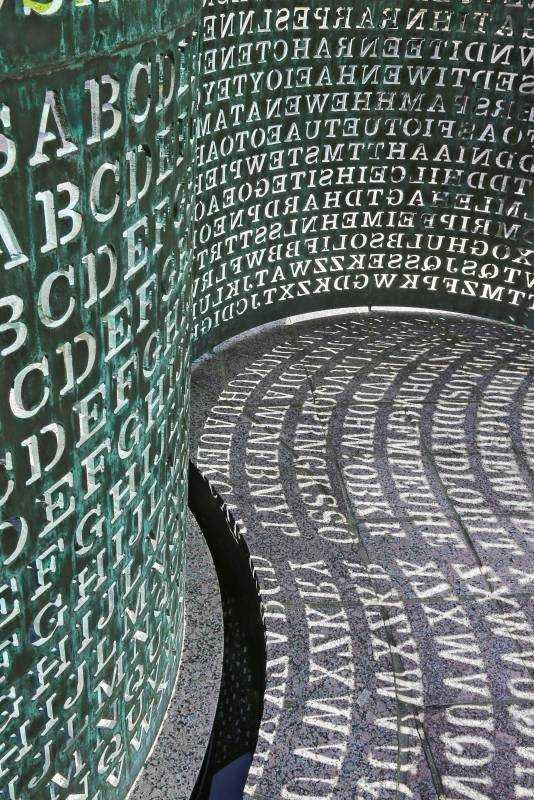CIA developed the highly secret A-12 OXCART as the U-2’s successor, intended to meet the nation’s need for a very fast, very high-flying reconnaissance aircraft that could avoid Soviet air defenses. CIA awarded the OXCART contract to Lockheed (builder of the U-2) in 1959. In meeting the A-12’s extreme speed and altitude requirements, Lockheed — led by legendary engineer Clarence “Kelly” Johnson — overcame numerous technical challenges with cutting-edge innovations in titanium fabrication, lubricants, jet engines, fuel, navigation, flight control, electronic countermeasures, radar stealthiness, and pilot life-support systems. In 1965, after hundreds of hours flown at high personal risk by the elite team of CIA and Lockheed pilots, the A-12 was declared fully operational, attaining the design specifications of a sustained speed of Mach 3.2 at 27,400 m (90,000 ft) altitude.
CIA’s operational use of the A-12 was beset by not only many technical problems but also political sensitivity to aircraft flights over denied areas and competition from imaging satellites. After the U-2 piloted by Francis Gary Powers was shot down over the Soviet Union in May 1960, all Soviet overflights were halted, thus blocking the A-12’s original mission to monitor the Soviet Bloc. By the time of CIA’s first A-12 deployment in 1967, CORONA satellites were being launched regularly to collect thousands of images worldwide each year. Although its imagery was less timely and of poorer resolution than the A-12’s, CORONA was invulnerable to anti-aircraft missiles and much less provocative than A-12 overflights. At the same time, the US Air Force was developing the SR-71, a modified version of the A-12. Seeing little value in maintaining both overt SR-71 and covert A-12 fleets with similar capabilities, President Johnson ordered retirement of the A-12 in 1968.
The only A-12 reconnaissance operation, codenamed BLACK SHIELD, took place from May 1967 to May 1968. A detachment of six pilots and three A-12’s based at Kadena Air Force Base in Okinawa flew 29 missions over East Asia. The panoramic stereo camera aboard each aircraft yielded considerable high-quality imagery that within hours of landing was processed. From the images, photo interpreters provided key intelligence information in support of US military operations during the Vietnam War.
The A-12 on display at CIA Headquarters — number eight in production of the 15 A-12s built — was the first of the operational fleet to be certified for Mach 3. No piloted operational jet aircraft has ever flown faster or higher. This picture depicts it at wintertime.

